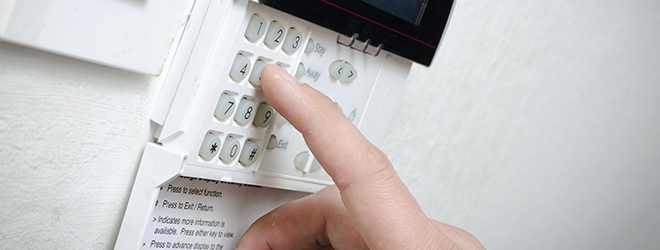Construction workers face deadly risk every day – that’s no secret. The discussion on safety tips and procedures for construction workers is ongoing, because the danger is always there.
But if workers equipped with industry knowledge and expert devices still face risk, what does that mean for visitors who may not realize what your worksite has in store?
Builders are responsible for protecting any type of visitor, from material suppliers and engineers to home purchasers and their families, while they’re onsite. And building site visitors can be more vulnerable than you might imagine: broken ground, sharp metal, and loose planks are just a few of the obstacles you’d find on an average worksite. In many cases, unprotected openings and work from above make a residential construction zone even more hazardous.
Contractors who put extra effort into building site safety can stay one step ahead of common challenges that come with people entering and occupying the worksite. Here are some concerns to consider, and a few ways you can improve your site safety strategy right away.
Do you know your obligation?
Everyone working on a building site needs to put safety first, but as the leader of the build, you’re responsible for the safety and security of anyone who steps onto your building site – even those who might not be prepared for the risks and hazards that lie ahead.
Builders are responsible for protecting any sort of visitor, from material suppliers and engineers to the home purchaser and their family, while they’re onsite.
While it’s a big responsibility, there are some straightforward changes and modifications that can help to improve your building site safety. Not sure where to start? First, consider how your efforts will fall into two main categories: control and communication.
Control your site, reduce your risk
It can be difficult to control your building site safety, because, well, not everything is under your control. However, there are a few ways you can manage the factors at play. While surveillance measures can help protect your worksite assets, the right equipment, procedures, and protocol can help protect your people.
Consider implementing these guidelines in your building site safety strategy:
- Create procedures or guidelines for who can access your job site, as well as when and how they can do so.
- Make it a rule that no children are to be allowed on the job site.
- Only allow visits by appointment.
- Require visitors to wear any safety equipment you deem necessary for the nature of the job site, such as hard hats and protective vests.
- Control the job site through alarms, motion sensors, fencing, or other building enclosures.
- Correct obvious safety hazards if possible, or implement extra protection in areas where visitors could be hurt.
- Holes in the floor or ground should be covered or fenced – make sure they’re visible!
- Exits on balconies, higher floors, or roofs should be marked and fenced or otherwise enclosed.
Better building site safety rests on communication
Taking control of your worksite hazards is crucial, but if you don’t communicate your safety measures and your expectations, your team may not be able to offer as much support (and your visitors may not know to comply). Make sure you inform your key staff, vendors, and other stakeholders of how visits and visitors are to be managed.
- Let the purchaser, subcontractors, and suppliers know what visitors may enter the job site, along with when and how they can enter.
- Understand the purchaser’s needs, desires, and vision for the building. Provide the purchaser with regular updates and progress reports – this can help limit impromptu visits.
- Tell the purchaser what you expect of them, and how the building process will work, so they’re clear on what to expect when they’re on the building site.
- Understand and agree on how many times the purchaser will have access to their new home while construction is underway.
- Set up appointments with the purchaser to view their building. Schedules make it easier to control hazards and promote building site safety.
- Inform visitors that this is an authorized-access site – they must check in with the contractor before entering.
- Be sure the general public knows the rules surrounding the worksite’s restricted access.
Devote attention to the details
General safety measures are important on every worksite, but your specific site could call for specific standards. You may want to check with your legal team, your provincial regulations, and your risk management specialists to make sure you have all your bases covered when it comes to the details.
Here are some additional measures to consider:
- Develop a brochure outlining your job site policy. Pass this along to your customers. You could include information on supervised access to the job site, children on the job site, workplace safety and health act requirements, and your company’s safety policy.
- Check your Workplace Safety and Health Act for age restrictions on job sites. Keep in mind that provinces have different guidelines for age restrictions and requirements for contractors, which could inform your company’s accessibility policy.
- Include a clause in your Sale Agreement that will restrict your liability if a purchaser is injured on the job site. You may want to speak to your legal team about the wording you need to protect your business.
- Agree to and sign a Site Visit Policy for you and the Purchaser. This gives you the opportunity to discuss visiting the building site during the sale process.
You need to ensure your building site is safe, but you also need to keep a good working relationship with the purchasers. Their safety and satisfaction are vital to your success, which is why you should take the time to communicate your safety measures – and your reasons for applying those measures – throughout the process.
Invest in the right coverage to help protect your project
In the event of an unexpected loss or damage on your site, such as an injury, construction project insurance can help you react quickly and get your project back on track. Visit our construction project insurance page learn more about how we can tailor a policy to suit your unique needs.




